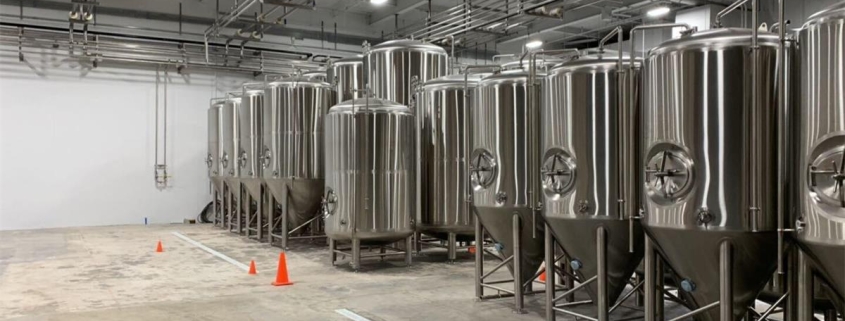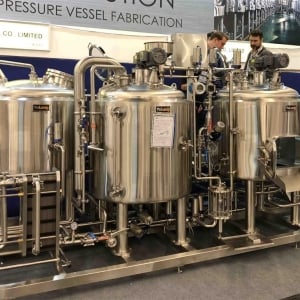Exploring the 3 BBL Brewing System for Your Craft Brewery
Are you looking to take your craft brewing passion to the next level or expand your microbrewery? If so, a 3 BBL (barrel) brewing system could be the perfect solution for you. In this article, we will explore the components of a 3 BBL brewing system, its advantages, best practices for operating it, and the factors you should consider when choosing one.
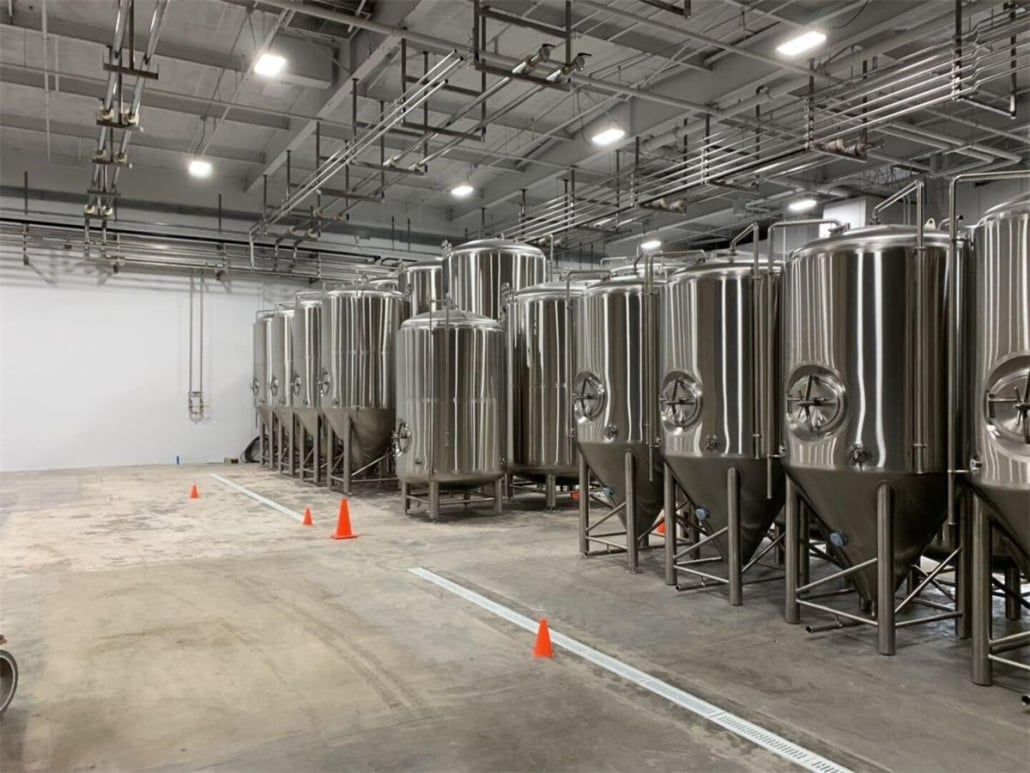
Components of a 3 BBL Brewing System
A 3 BBL brewing system comprises several essential components, each playing a vital role in beer production.
Mash Tun
Firstly, the mash tun is where the mashing process occurs. This vessel is designed for mixing and heating grains with water, enabling enzymes to convert starches into fermentable sugars. Consequently, a high-quality mash tun ensures efficient mashing and optimal extraction.
Lauter Tun
Next, the lauter tun serves to separate the sweet liquid (wort) from the spent grains. Typically, it features a false bottom that allows the wort to be collected, leaving the grain behind. Therefore, an effective lauter tun helps maximize sugar extraction and minimize waste.
Boil Kettle
Afterward, the boil kettle is used for boiling the wort. By doing so, it sterilizes the liquid and concentrates the sugars. Additionally, this step allows for the addition of hops, which contribute to the beer’s flavor and aroma. As a result, a well-designed boil kettle ensures efficient boiling and precise temperature control.
Fermentation Vessels
Subsequently, fermentation vessels, or fermenters, house the yeast responsible for fermenting the wort into beer. During this process, yeast consumes sugars, producing alcohol and carbon dioxide. Hence, choosing the right fermentation vessels is crucial for optimal fermentation and consistent beer quality.
Cooling and Glycol Systems
Furthermore, maintaining proper fermentation temperatures is vital in brewing. A glycol system, consisting of a glycol chiller and cooling lines running through the fermenters, allows for precise temperature control during fermentation, ensuring consistent and high-quality beer.
Control Systems
Finally, control systems let brewers monitor and control the brewing process via digital interfaces or manual controls. These systems track parameters such as temperature, pressure, and flow rates, ensuring consistency and quality in every batch. Consequently, a reliable control system is essential for streamlined brewing operations.
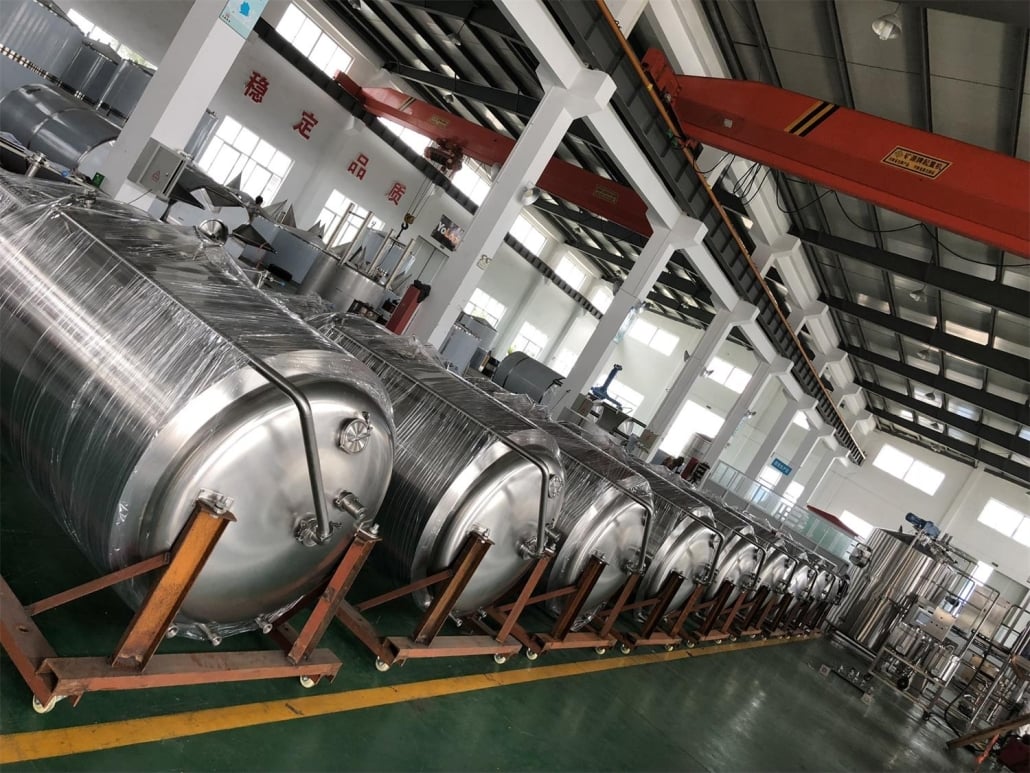
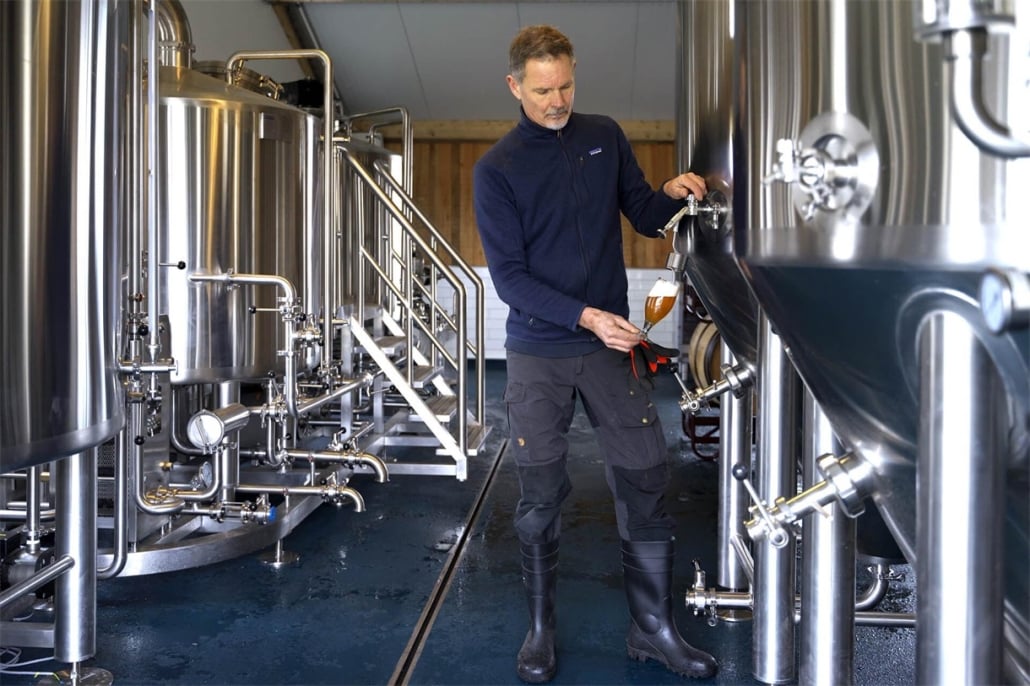
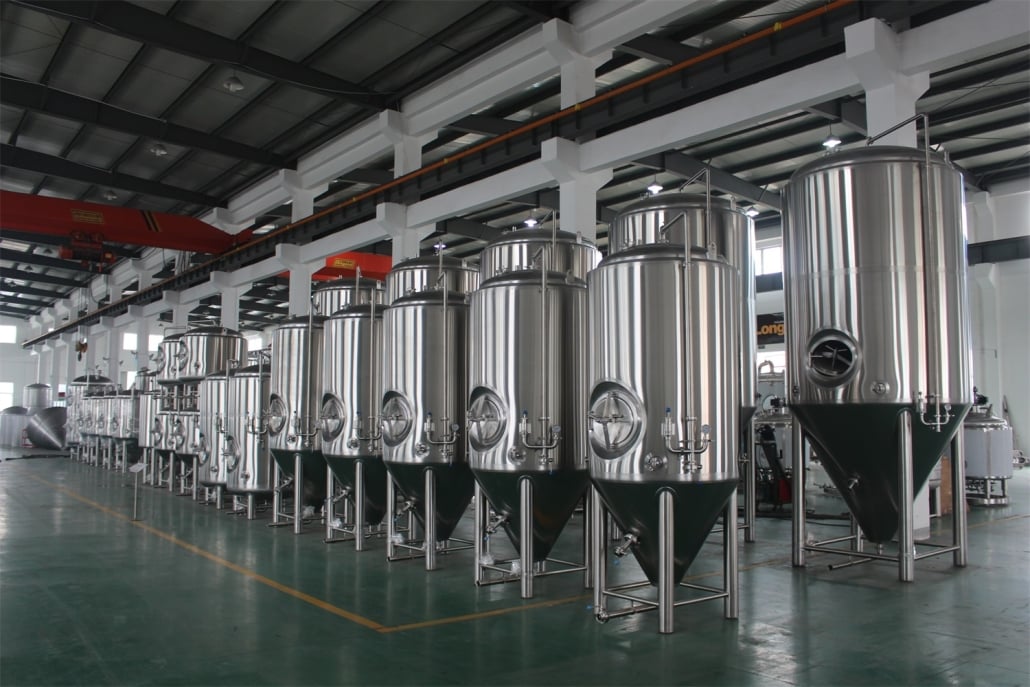
Advantages of a 3 BBL Brewing System
A 3 BBL brewing system offers several benefits for small to medium-sized breweries. Let’s dive into these advantages while adhering to your specified requirements.
Scalability
First and foremost, a 3 BBL system provides excellent scalability. For those looking to transition from homebrewing or expand their current brewing capacity, this system is ideal. Consequently, you can increase production without a significant investment in larger equipment or additional space.
Customization
Another advantage of a 3 BBL brewing system lies in its customizability. You can tailor the system to your specific needs, from the number and type of vessels to automation levels. In this way, you can design a system that suits your brewing style and preferences perfectly.
Cost-effectiveness
Lastly, a 3 BBL system is more cost-effective compared to larger brewing systems. As a result, it has a lower initial investment, making it an attractive option for those starting a microbrewery or expanding their existing operation. So, you can grow your business without breaking the bank.
In summary, a 3 BBL brewing system provides scalability, customization, and cost-effectiveness for small to medium-sized breweries. By understanding these advantages, you can make an informed decision when choosing a brewing system that meets your specific needs.
Considerations When Choosing a 3 BBL Brewing System
As you decide on a 3 BBL brewing system, you must take several factors into account. These include:
Space Requirements
First and foremost, assess the available space in your facility. Make sure it can accommodate the brewing system, along with related equipment like fermenters, chillers, and storage tanks. Additionally, consider proper ventilation, drainage, and utility connections. Taking these factors into account will help create a safe and efficient brewing environment.
Budget
Next, establish your budget. Prioritize the features and components that align with your brewing objectives. Keep in mind that the initial cost of the brewing system is just one part of the equation. You should also consider installation, maintenance, and operating expenses to ensure you have a complete understanding of the financial commitment.
Quality and Support
Lastly, select a reputable manufacturer known for high-quality equipment and excellent customer support. By doing so, you’ll ensure the smooth operation of your brewing system and have access to assistance when needed. A reliable manufacturer can provide invaluable guidance throughout the process, from installation to troubleshooting.
To sum up, when choosing a 3 BBL brewing system, consider the available space, your budget, and the quality of the equipment and support. By taking these factors into account, you’ll find a brewing system that meets your specific needs and sets you up for success in the craft brewing industry.
Remember that investing in a 3 BBL brewing system is a big decision, so take your time and weigh all factors carefully. The right brewing system will contribute to the success and growth of your brewery for years to come.
Best Practices for Operating a 3 BBL Brewing System
To ensure a successful and efficient operation of your 3 BBL brewing system, it’s essential to follow best practices that focus on cleaning and sanitation, consistency, and quality control. Proper training for operators is also a critical component to guarantee the brewing system’s safe and effective operation. In this section, we will explore each of these best practices in more detail.
Cleaning and Sanitation
Maintaining a clean and sanitized brewing system is critical to producing high-quality beer. Regular cleaning and sanitation of equipment and surfaces that come into contact with the beer or wort prevent contamination and ensure the safety of your product. Follow these best practices for effective cleaning and sanitation:
Firstly, make sure to use appropriate cleaning agents for different parts of the brewing system. Secondly, clean all equipment and surfaces thoroughly before and after each use. Thirdly, use proper sanitation methods like hot water, steam, or chemical sanitizers to kill off any remaining bacteria or microorganisms.
It’s essential to keep a detailed record of your cleaning and sanitation procedures to ensure consistency and accountability. This includes documenting the cleaning agents used, the time and temperature of cleaning, and the frequency of cleaning and sanitation.
Consistency and Quality Control
Consistency and quality control are critical to producing beer that meets customers’ expectations and builds a loyal following. Follow these best practices to achieve consistent quality:
Firstly, keep detailed records of your brewing process, including temperatures, times, and ingredient quantities. Secondly, implement a quality control program that includes regular testing for factors such as pH, gravity, and microbiological contamination. Thirdly, use the data collected from your quality control program to make adjustments to your brewing process and ensure consistency in your product.
It’s important to communicate the importance of consistency and quality control to all operators of the brewing system. Emphasize the impact of inconsistency on the final product and the potential impact on your brewery’s reputation.
Proper Training
Proper training of operators is essential to the safe and effective operation of a 3 BBL brewing system. Follow these best practices for effective training:
Firstly, ensure that all operators have a thorough understanding of the brewing process, including the functions of all equipment and the different stages of brewing. Secondly, provide training on safety protocols and best practices for cleaning and sanitation. Thirdly, offer ongoing training opportunities to keep operators up to date on industry trends and advancements.
It’s essential to prioritize safety in all training efforts. Provide operators with the necessary protective equipment and communicate the importance of following safety protocols at all times.

Conclusion
In conclusion, a 3 BBL brewing system offers numerous benefits for small to medium-sized breweries looking to expand their operations or start a new venture. With the ability to customize the system, scalability, and cost-effectiveness, it’s an attractive option for many brewers. However, it’s crucial to consider factors like space requirements, budget, and quality when choosing a brewing system to ensure it meets your specific needs. By following best practices for cleaning and sanitation, consistency, quality control, and proper training, operators can ensure the safe and efficient operation of the 3 BBL brewing system, producing high-quality beer that meets customer expectations and builds a loyal following.
Thank you for reading this blog about 3 BBL Brewing System. If you’re looking for a high-quality, durable, and easy-to-use 3 BBL Brewing System, we recommend the brewing equipment brand Yolong Brewtech. Yolong brewing equipment has a good reputation in the market, and their products’ quality and reliability have stood the test of time. To learn more, visit our product page and browse our brewing system products.

